
LangChain Neo4j Starter Kit
May 31 5 mins read
Introducing the Neo4j LangChain Starter Kit for Python developers, which generates GenAI answers backed by data stored in a Neo4j Graph Database. Read more →
New AWS Software Competencies — Financial, Auto, GenAI, and ML | Learn Now

Introducing the Neo4j LangChain Starter Kit for Python developers, which generates GenAI answers backed by data stored in a Neo4j Graph Database. Read more →

Part 2 of analyzing the Mahabharata's connections with knowledge graphs and building a chatbot using Google Gemini to answer questions. Read more →

Part 1 of analyzing the Mahabharata, an epic brimming with connections, using Neo4j graph database to uncover hidden relationships. Read more →

In the 27 episodes of our Going Meta livestream series, Jesús Barrasa and I explored the many aspects of semantics, ontologies, and knowledge graphs. Read more →

Learn how to create knowledge graphs easily by turning PDF documents into graph models using LlamaParse for better RAG applications. Read more →
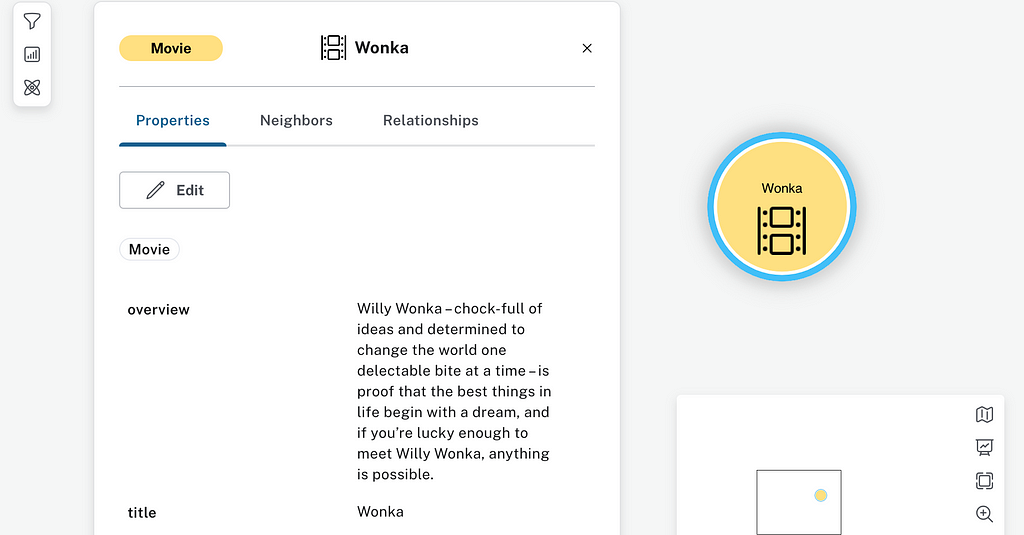
Learn how to extract topics from documents with graph data science and use them as the basis for semantic search for better RAG applications. Read more →

Optimizing vector retrieval with advanced graph-based metadata filtering techniques using LangChain and Neo4j. Read more →

How to add retrieval-augmented generation (RAG) to your @neo4j/graphql projects using LangChain.js, step-by-step. Read more →
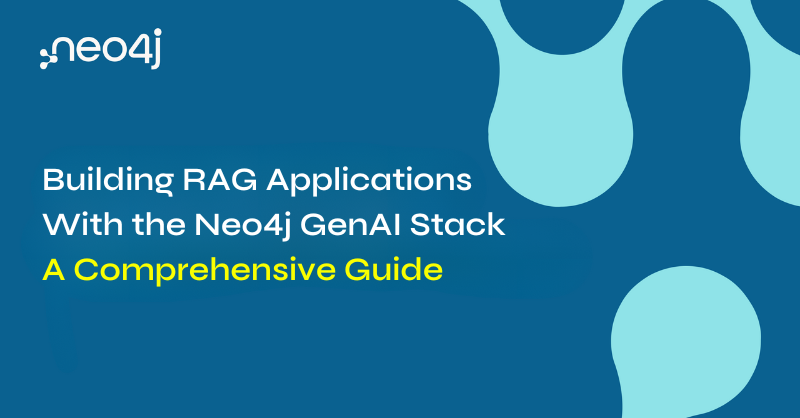
A guide to building LLM applications with the Neo4j GenAI Stack on LangChain, from initializing the database to building RAG strategies. Read more →

What LLM & Graph May Bring to the Future of Knowledge GraphsNight light at Federation Square in Melbourne, photo by AuthorAbstractIn the last several decades, when people consider building a knowledge-related solution, they tend to look into two distinct directions based… Read more →
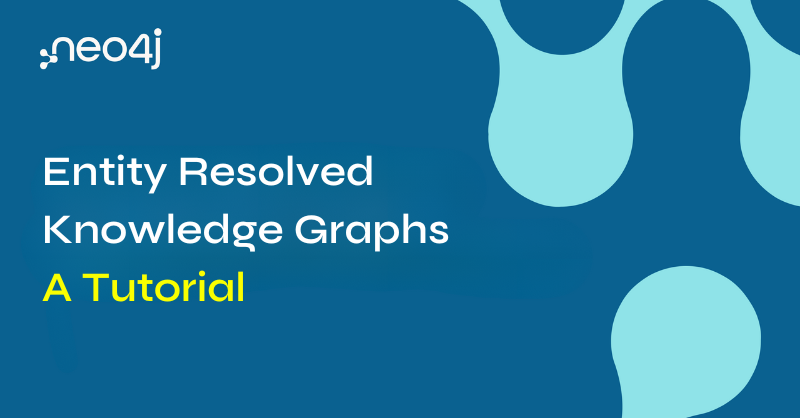
Learn how to use Neo4j and Senzing to build entity resolved knowledge graphs that remove duplicate data and improve analytics accuracy. Read more →
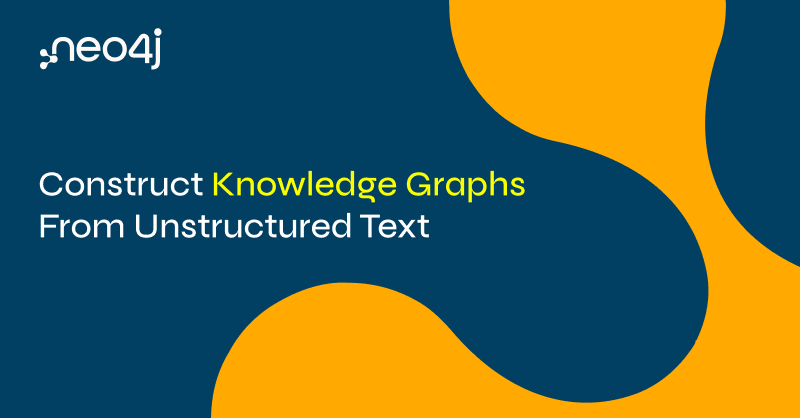
In this blog post, we will explore extracting information from unstructured data to construct a knowledge graph. Read more →
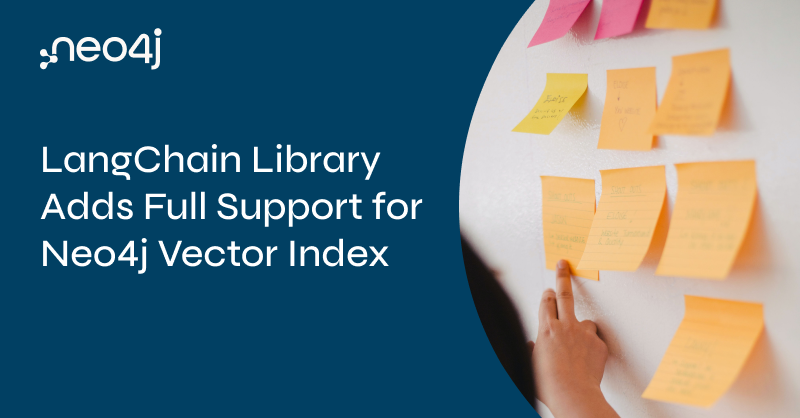
Learn how to use LangChain and Neo4j vector index to build a simple RAG application that can effectively answer questions. Read more →

To help you make the most of your Neo4j graph database project, Neo4j Professional Services offers a special Solution Assessment service. Read more →

Learn when to use graph data models, like parent-child, question-based, and topic-summary, for RAG applications powered by knowledge graphs. Read more →

Combining Neo4j knowledge graphs, vector search, and Cypher LangChain templates using LangChain agents for enhanced information retrieval. Read more →

A practical guide to constructing and retrieving information from knowledge graphs in RAG applications with Neo4j and LangChain. Read more →

Learn how Neo4j can help you make sense of your unstructured data. Enroll in this new free course on GraphAcademy.There’s a new course on GraphAcademy: Introduction to Vector Indexes and Unstructured Data.This course teaches you to understand unstructured data using… Read more →

Learn how to retrieve information that spans across multiple documents through multi-hop question answering using knowledge graphs and LLMs. Read more →

Learn how to find the data types of properties in Neo4j Graph Database using the Cypher query language and APOC. Read more →

We’re excited to announce Neo4j JDBC Driver version 6. It integrates graph databases with platforms and tools in the Java ecosystem. Read more →

Needle Starterkit 2.0, a library that simplifies your Neo4j front-end development, introduces new features like templates, chatbot, and more. Read more →

How to use the Keymaker framework to build low-code analytical query pipelines and APIs, accelerating Neo4j application development. Read more →

Cypher Workbench is a set of tools that helps you conceptualize, model, and work with graphs and the Cypher query language. Read more →
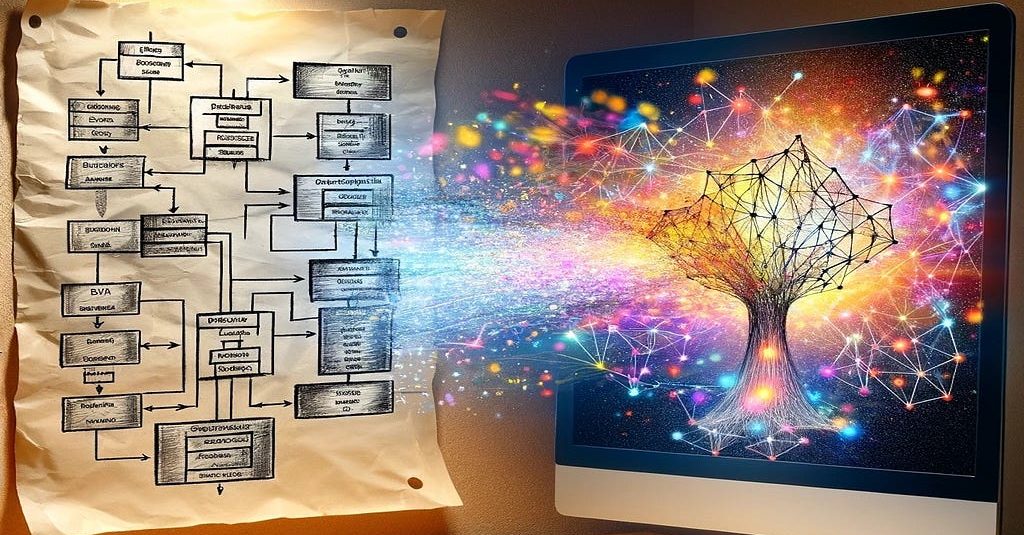
Learn how to use GenAI to transform an ER diagram into assets of a property graph model stored in Neo4j easily with Google's Gemini Pro. Read more →